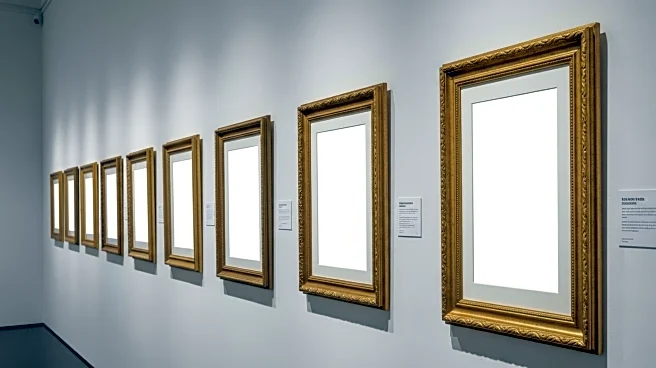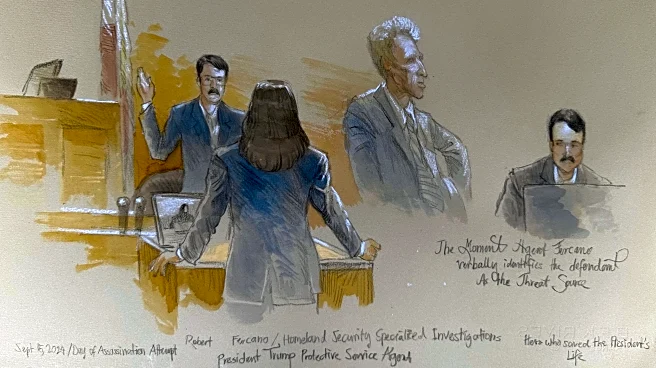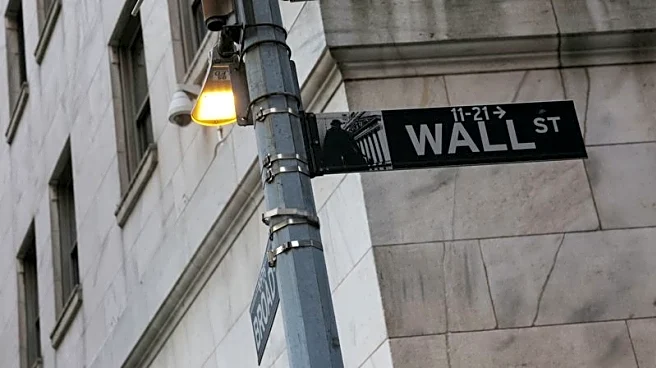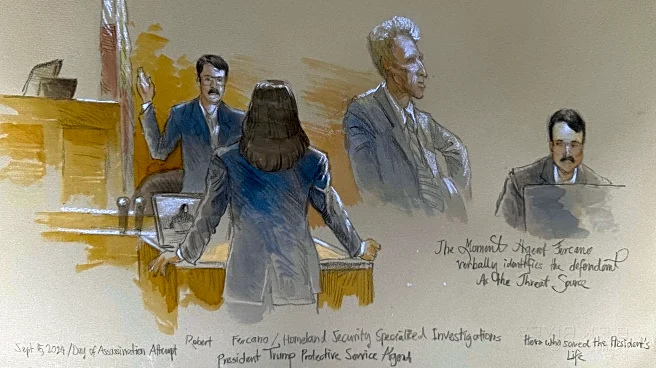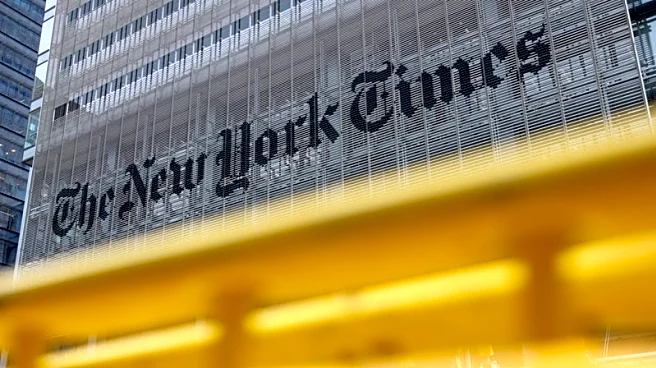What is the story about?
What's Happening?
Thomas S. Kaplan, a billionaire philanthropist and collector, is in advanced discussions to fractionalise his Leiden Collection, the largest private collection of Dutch Golden Age paintings, including works by Rembrandt. Kaplan aims to launch the collection as an initial public offering (IPO), allowing ordinary people to own a piece of Rembrandt's legacy. The collection, built over two decades, includes 17 Rembrandts and other masterpieces by artists like Vermeer and Gerrit Dou. Kaplan's plan, dubbed Project Minerva, seeks to make art ownership accessible to millions, inspired by the NFT phenomenon during the pandemic.
Why It's Important?
Fractionalising the Leiden Collection could revolutionize art ownership, making it accessible to a broader audience. This move may democratize the art market, allowing more people to invest in high-value art assets. It also provides a succession plan for Kaplan, whose children are uninterested in material objects. By offering shares in the collection, Kaplan aims to secure Rembrandt's legacy for future generations, potentially increasing public interest in Dutch Old Masters. This initiative could also impact the art market, setting a precedent for other collectors to follow.
What's Next?
Kaplan plans to implement the fractionalisation plan by the first half of 2026, with shares tradable on exchanges like the New York Stock Exchange. His family will retain a controlling interest to ensure the collection's mission as a lending library remains intact. The next exhibition stop for the collection is at the Norton Museum in West Palm Beach, Florida, on October 25. Kaplan's approach may inspire other collectors to consider similar fractionalisation strategies, potentially reshaping the art market landscape.
Beyond the Headlines
Kaplan's initiative raises questions about the ethical implications of fractionalising art collections. While it democratizes ownership, it also commercializes cultural heritage, potentially altering the perception of art as a public good. The plan could lead to increased interest in art investment, but it may also challenge traditional notions of art ownership and stewardship. As the art market evolves, stakeholders must consider the balance between accessibility and preserving the integrity of cultural assets.
AI Generated Content
Do you find this article useful?
